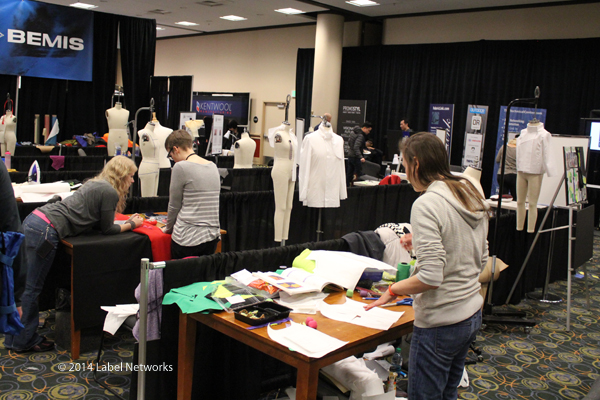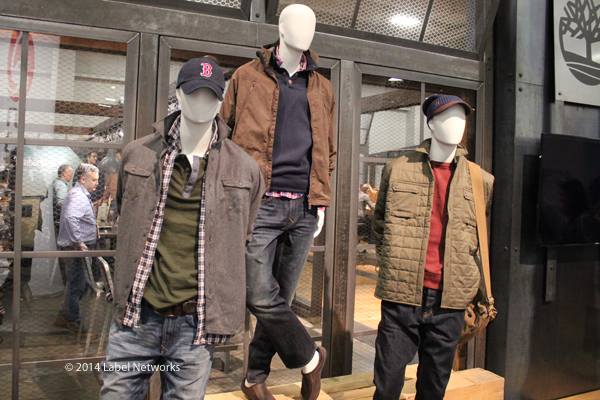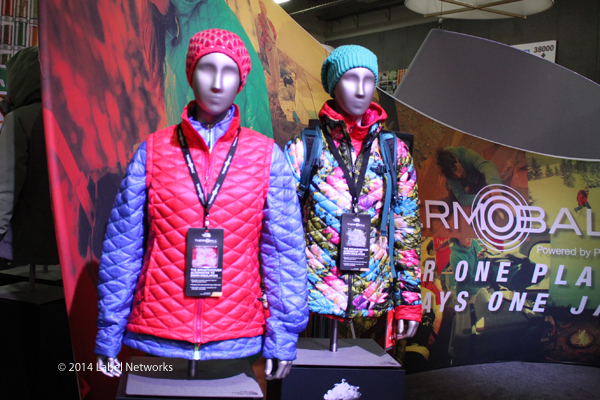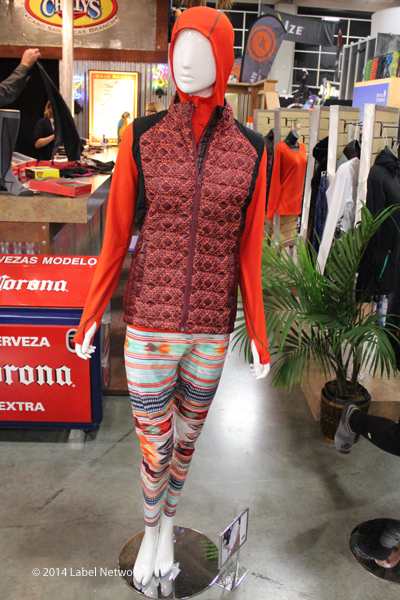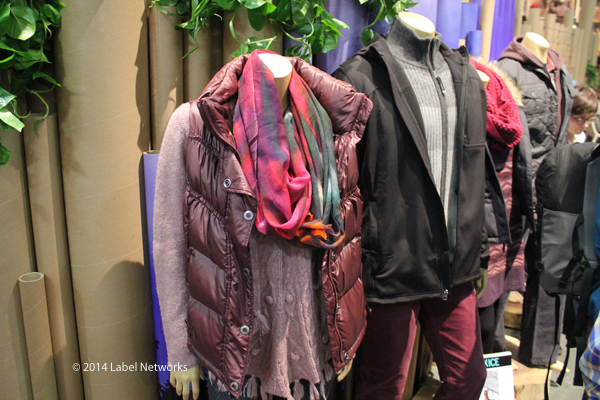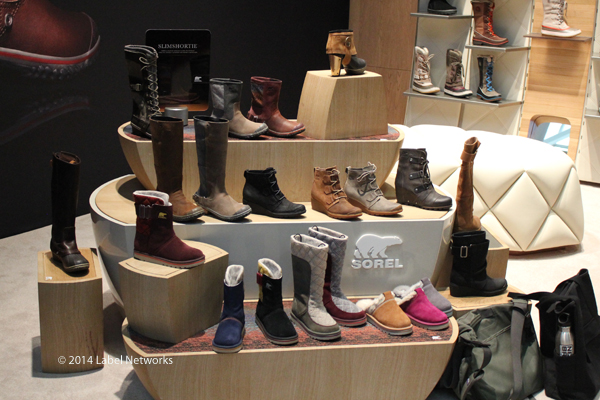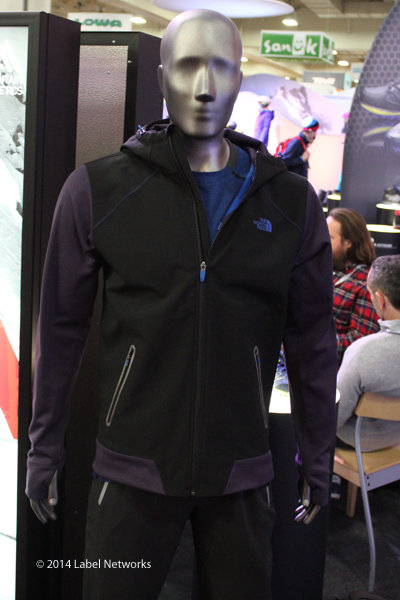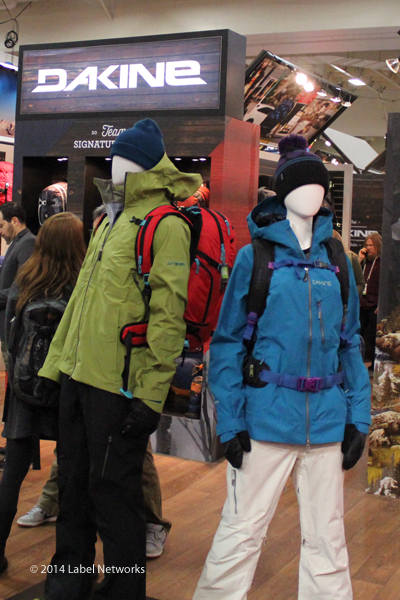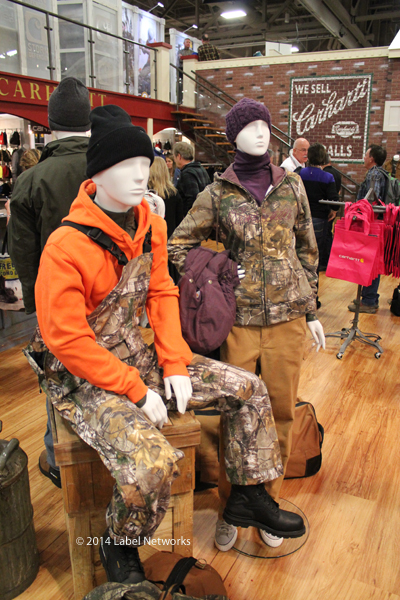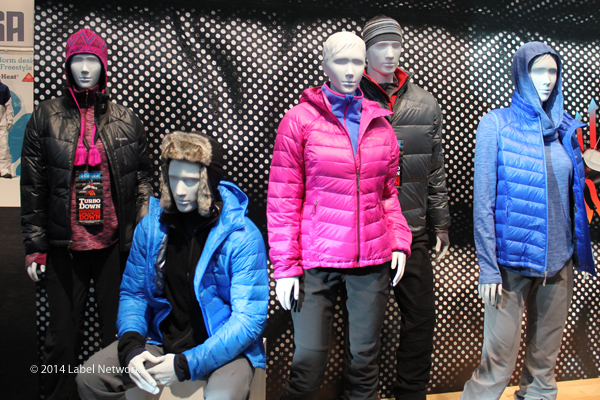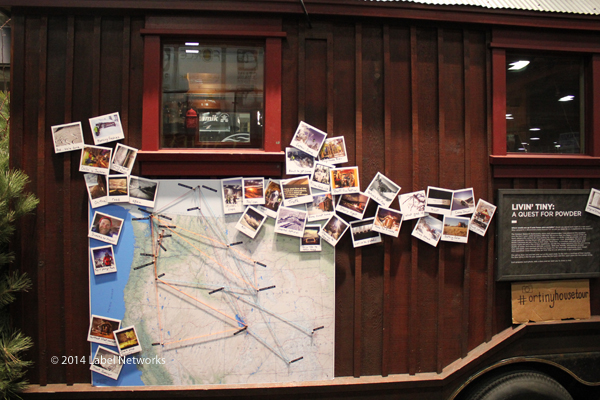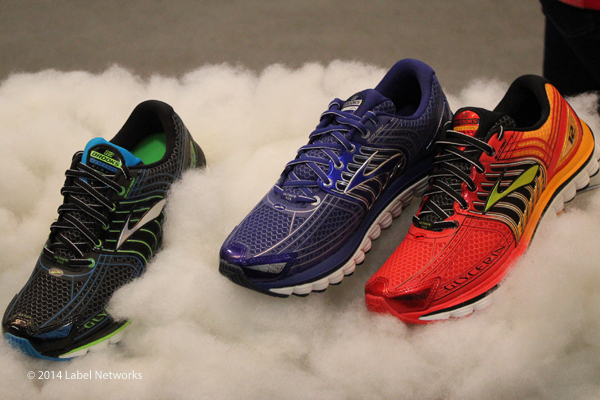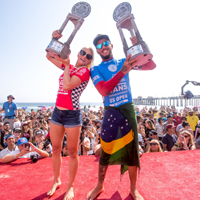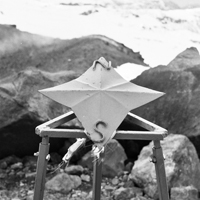
Story and Photos by Tom Wallace and Kathleen Gasperini
The big question is why is the outdoor lifestyle becoming more popular? The jam-packed Outdoor Retailer Winter Market 2014 from January 21-24, 2014, in Salt Lake City, UT, was energetic, inspirational, a networking hub, and business-central for a marketplace that seems less effected by the economic downturn than most others. From the growth in more fashionable and sustainable brands in outwear, first layer, and footwear, to the shifts in redefining what actually is the meaning of the “outdoors” by a new demographic, the industry is evolving rapidly. It is being driven in new directions with unique perceptions from a generation with inspiring expectations.
The past few years in comparison to when we first came to Outdoor Retailer (OR) over a decade ago, are decidedly different. Back then, it was clear that if you weren’t a hardcore climber or about to embark on a first descent, you weren’t really meant to be there. Perhaps because of the exclusive nature of an old-school alpinist culture, OR Winter used to feel like an exclusive club meant for mountain mavericks and mostly men.
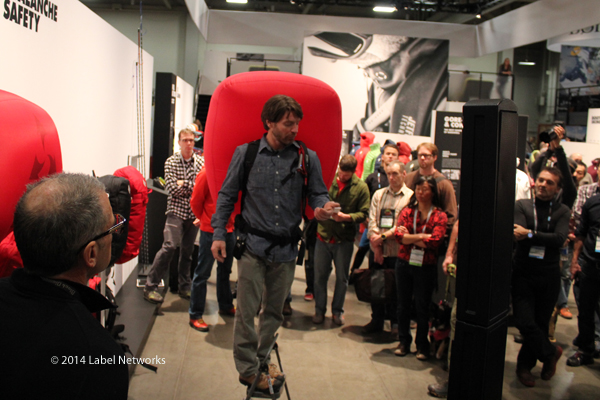
So what spurred the creation of this new outdoors, opening up the industry to a fresh DIY culture? A mix of the changing demographics, social media, and streetwear. Streetwear sought out heritage brands in the past 5 years and created a new model of fashion in menswear as seen especially from trade shows such as Agenda. Here, Americana blossomed and the urban jungles of LA and NYC were seen through a different lens as being outdoor playgrounds too. Brands like Poler illustrated that there was a crossover of camping, hiking, and street culture. Capsule launched an entire area (Above the Treeline) dedicated to the well-dressed, sartorial, tech-savvy outdoor -person. Now, brands like Leatherman exhibit at Agenda. Collecting and curating one’s survival tools are on the rise.
Social media has played a big roll in promoting the transition of the outdoor industry within a new lifestyle culture. When you can easily share your experiences and relay new versions of outdoor adventures with others via Instagram, YouTube, Facebook, Tumblr, or GoPro, it’s bound to reshape the way we see things.
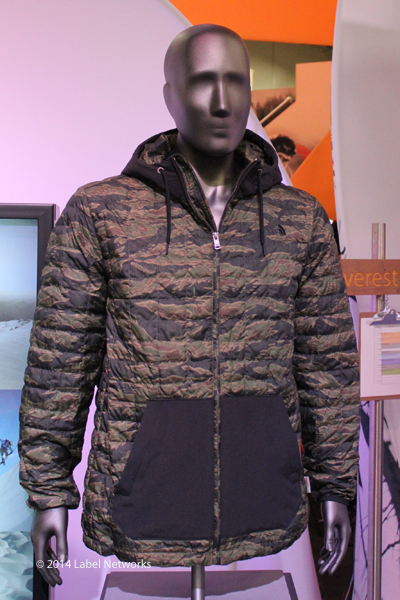
Heritage brands were at an advantage of course when the transition started since they were the OG’s of the industry, but they too realized they needed to do unique collabs with more modern, youth culture focused brands to become relevant again. (Not everyone knows that the Beach Boys wore Pendleton plaid shirts and were considered the original après “surfwear.) Camping, hiking, exploring are all a part of finding epic surf and now the crossover is complete: The parent company of Outdoor Retailer purchased Surf Expo.
Which takes us up to last week’s OR experience. While the industry still has a long ways to go, there was clearly a greater push for diversity and attracting a younger generation. First, NOLS: Expedition Denali won an Inspiration Award for achieving the goal of creating the first African-American youth climbing team to summit. The Boy Scout of America hosted a breakfast while screening of “759: Boy Scouts of Harlem.” Sally Jewel, from the U.S. Department of the Interior, presented at the Outdoor Industry Association kick-off about engaging youth and the future stewardship of our national outdoor treasures. And Adidas Outdoors introduced their latest crop of young male and female climbers in autograph sessions at their booth.

In addition, new energy was found once again with the popular Project OR Masters Competition whereby 10 young designers had 48 hours to create specific first layer and outerwear pieces. The New Product Zone tapped into the changing scene of outdoors with brands that represented more of what a new generation wants. The runway show highlighted just how outdoor apparel, footwear, and accessories are creeping ever-closer to being truly fashionable and therefore in higher demand among a larger audience.
In addition, there was a strong crossover with yoga—from Prana’s rejuvenation room to yoga models on various parts of the show floor, and a plethora of brands such as Gramicci, Life is Good, Moving Comfort, Roxy’s lifestyle collection, all shoulder-to-shoulder with outdoor apparel.
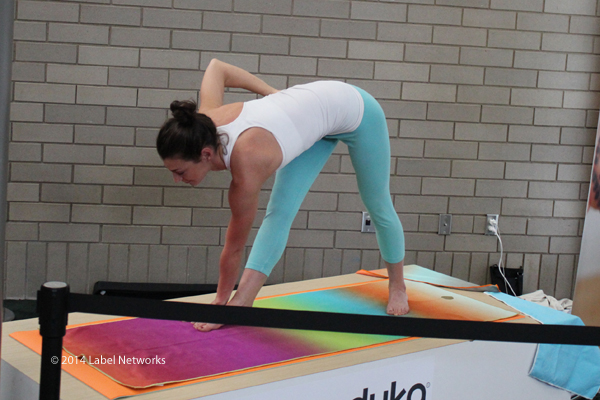
Trending fast is the explosion of first-layer brands coming out from underneath and being worn as statements and fashion in their own right with bright colors, striped patterns, sexy silhouettes, and layering potential. The greatest splashes of color were in this category and crossed over to puffy jackets and knitted caps.
Fabrics focused not only on technical pieces, which OR is widely known for, but also on breathable fibers: Merino wool, growth in usage of alpaca wool, Kent wool, Smartwool, to the latest trends in cashmere such as “Utramicro” from new company Rann.
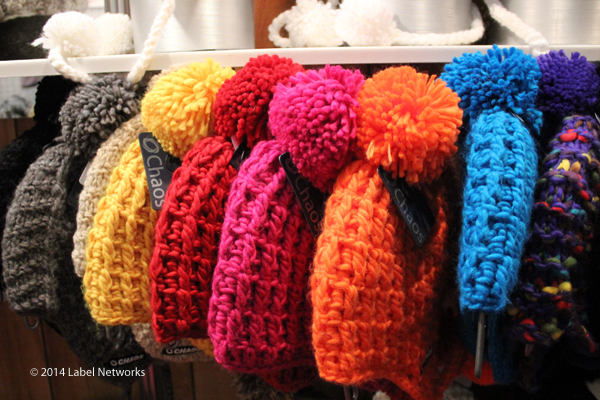
OR continues to be the place for staple kingpins of the outdoors which can also be classified as heritage brands like Woolrich, Carhartt, Dickies, Canada Goose, Wolverine, and Vasque. There was much to see also with brands that continue to shape the industry including Helly Hanson, The North Face, High Sierra, Columbia, Cascade Designs, Mountain Hardwear, Patagonia, Outdoor Research, Merrell, Black Diamond, Petzel, Timberland, and Eagle Creek.
Sustainability and new methods for creating eco-friendly, fair trade garments are a huge part of the Outdoor Industry. Of course the oldest leader in this realm is Patagonia, but it was apparent that even more brands are looking at their brand strategies and incorporating components of sustainable practices. Prana created a brochure illustrating the journey of their brand, how products are made, fabric choices, Fair Trade Certified support, packaging, and their entire Corporate Social Responsibility (CSR) priorities. Such transparency is where things are headed. Nau is a relatively new brand on the block to note for their stylish jackets made of recycled wool and nylon blends. Icebreaker has a jacket made from recycled/salvaged merino wool inside a recycled polyester shell.
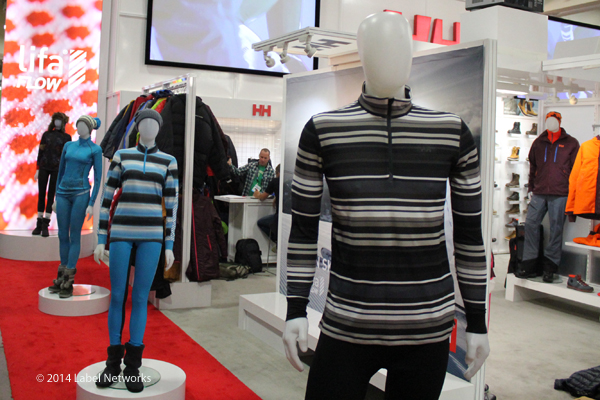
Hiking boots of course dominate the landscape, but there are also a number of sneaker brands that showcase their technical trailrunning shoes and boots including Brooks, New Balance, Skeckers, Sorel, Teva, Ugg, Salomon, Saucony, TOMs, Clarks, and Reebok.
What’s interesting is the explosion of creating one’s own adventure and recording, sharing, and expanding the experience. GoPro had a huge presence. The growth of music listening devices was also apparent with Goal Zero’s Rockout Solar Speaker where you can attach your tunes to your backpack. Expect this market to continue to grow.
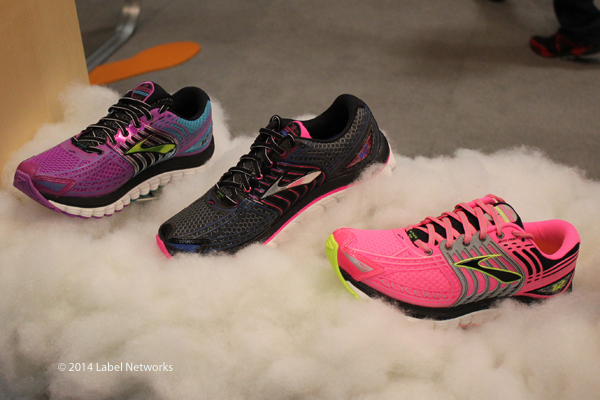
There are definite street influences moving into outdoorwear as seen by the growing number of hybrid hoodies, such as those exhibited by The North Face. As leaders in this realm the hoodies were technical, for example, with stretch panels, but street-savvy and cool.
Other elements of new crossovers are how motorcycling is moving its way into outdoors with brands that feature what best to ride in and why. Kuhl for example, has cargo pants that rival Carhartt’s but are marketed via retro motorcycling adventures through the backroads of America.

The most obvious things you’ll always see at OR is the gear. First, backpacks, messenger bags, and totes are staples across the board as seen from High Sierra, Jansport, Osprey, and Timbuk2—who also won an Inspiration Award for their efforts promoting bicycling.
From the growing category of hydration systems and epic water bottles, to new types of camping gear, climbing gear and footwear, backcountry ski and snowboard gear, snowshoes, crampons, and a high volume of outdoor/energy nutrition bars, it’s a playground of opportunities of how best to be outside.
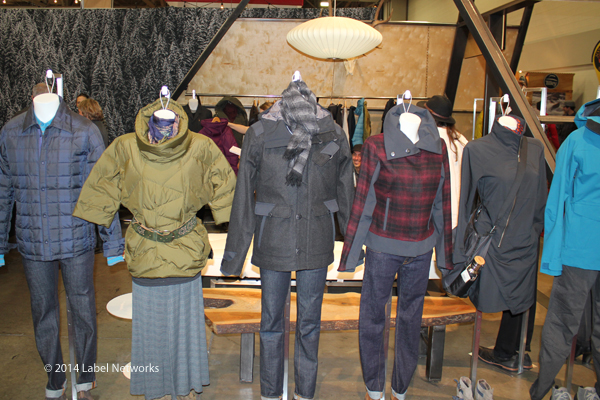
OR show is now a mixed-bag of industry types with more crossover into other sporting and fashion categories than ever before. For the outdoor industry, drawing greater attention to the needs of the changing demographics of our nation and a new youth culture is more important than ever before. Based on the exciting scene at the OR Winter Show 2014, the evolution of the industry is fully underway.
More images from the show:
